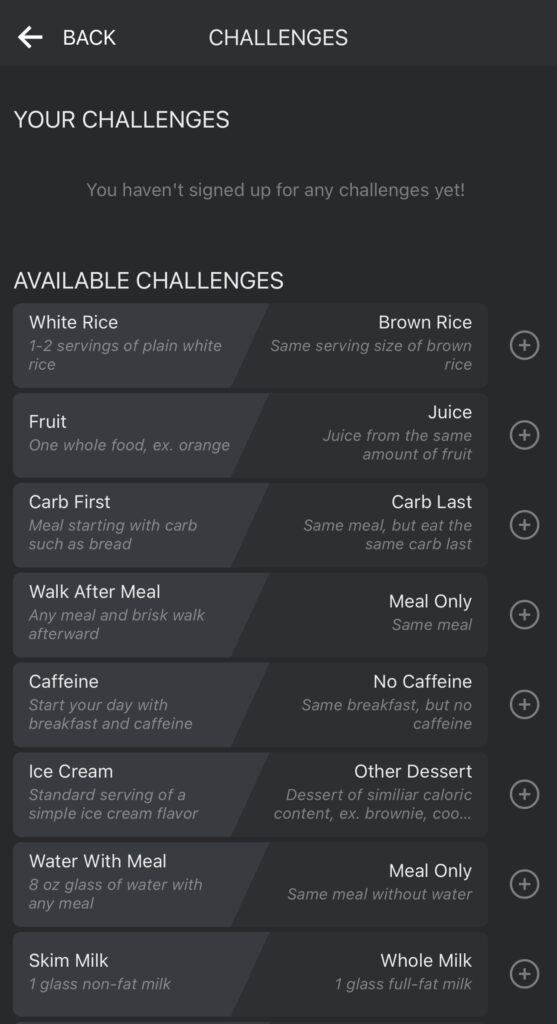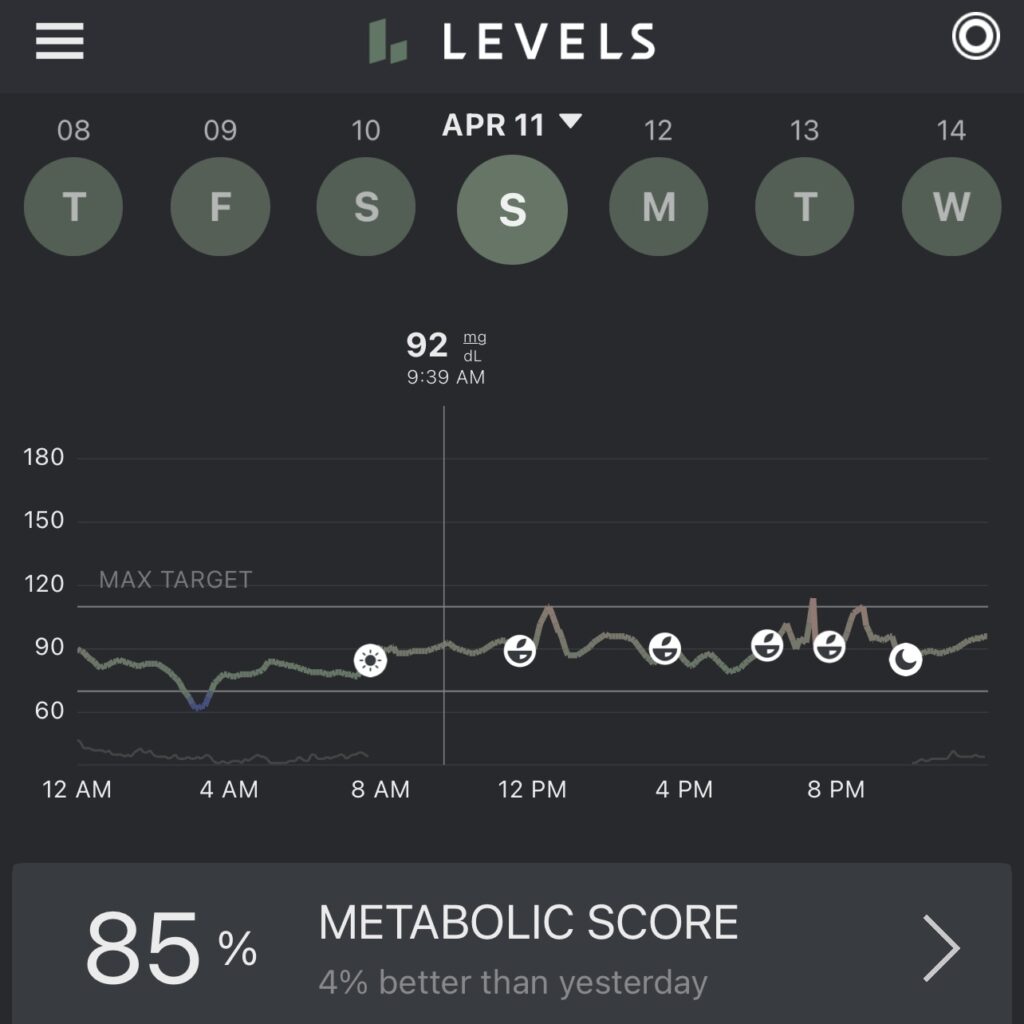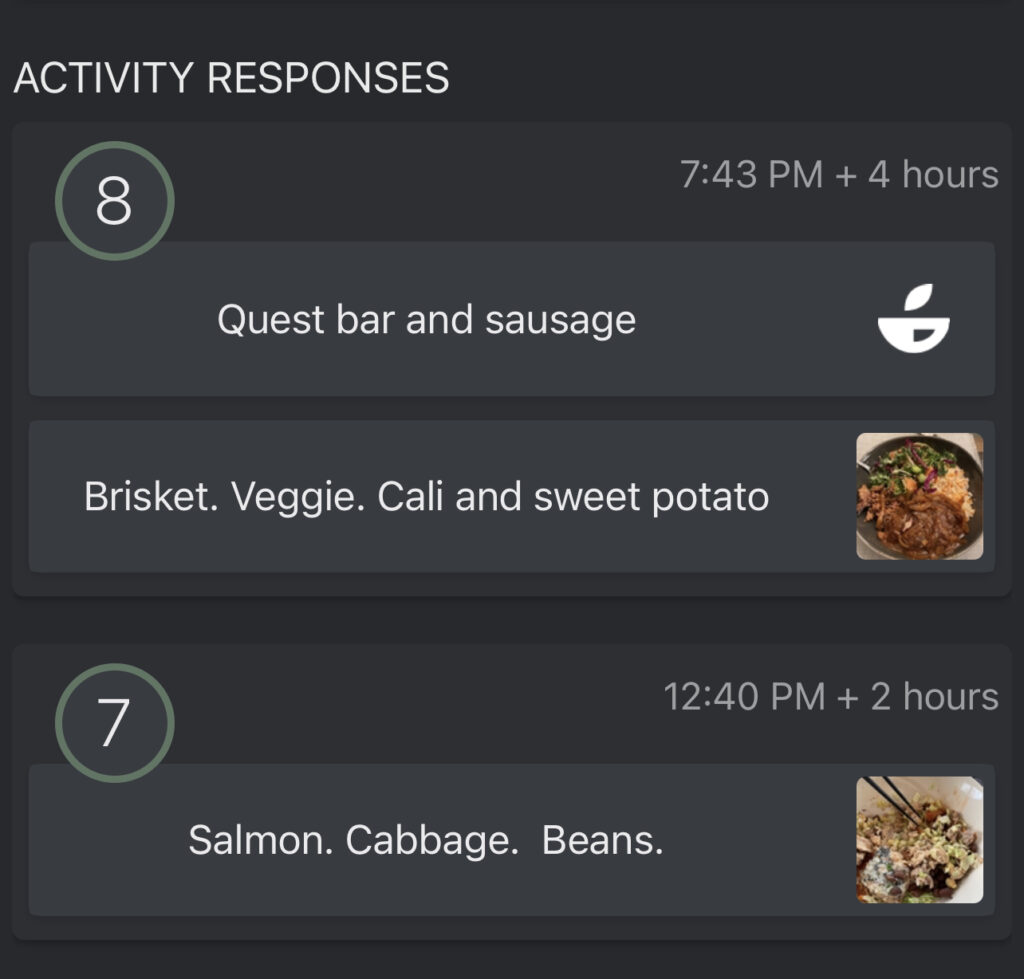Table of Contents
Part 1 – What is Levels Health: Hardware & Software
Part 2 – Pro’s, Con’s, & Big Takeaways
Part 3 – Levels’ Health Claim & Who Is It Good For
Part 4 – Data Tracking & Wearable Devices
Part 5 – Does Levels Health Live Up to the Hype
Can the Levels Health continuous glucose monitor improve your metabolism, help you lose weight, and get you strong and lean? Is this tiny device stuck to your arm for a month worth the price and hassle?
Before you jump on the Levels bandwagon, read Part 1 of the Levels Health review describing the hardware and app. Here’s part 2 discussing the main benefits and drawbacks of this continuous glucose monitor for your average non-diabetic adult.
Big Takeaways Using Levels Health Continuous Glucose Monitor
- Ongoing Movement Matters More Than Exercise: Regular activities like walking or moving around the house can help glucose uptake. Any repetitive contractions of your muscles, especially your lower body, is great for preventing blood sugar spikes. You don’t need to go for a run to get these effects. Moving throughout the day is often better than a single bout of intense exercise followed by prolonged sitting. More frequent walks, especially around meals, can help to regulate your blood sugar. Our bodies were designed to move. Honor their nature.
- Eating Slow and Chewing Makes a Difference: Eating in a hurried or stressed state does your mind and body no good. Slowing down at meals allows your nervous system to shift into a parasympathetic, “rest and digest” state better able to manage incoming sugars. While long meals may be a luxury, there’s something to be said about fighting snacking on the go-culture and relaxing into your dining experience. Chewing your food thoroughly is a recommendation that almost universally helps with digestion.
- The French Paradox: Can Alcohol Help? The French Paradox refers to the finding that, despite consuming a diet high in saturated fat, French people have relatively low levels of coronary heart disease. One hypothesis is that consumption of wine during a meal somehow mitigated the effects of their diet on heart health. While a glass of red wine cannot counterbalance a poor diet, I found that drinking a single glass of wine or beer immediately before a meal actually had favorable effects on my post-meal blood sugar.
How does this work? Alcohol decreases the liver’s ability to make new glucose (a process called gluconeogenesis). Essentially, booze puts the brakes on your body pumping out new sugars so it can process the ethanol, which can lead to lower circulating blood sugar. If your drink and subsequent food don’t contain a lot of sugar, the alcohol can actually smooth out your post-meal glucose response. Since there are so many factors at play, this is a bit of a gamble. I’m not advocating drinking, as alcohol can lead to liver problems and other illnesses, but it was definitely an intriguing find. There might actually be some good physiological reasons for an apéritif?!?

- Stress & Sleep Are Silent Metabolic Killers: Alright, alright, I’m being a bit dramatic. Your metabolism can’t be “killed,” but a poor night’s sleep or a stressful day can throw your body into a dysfunctional tizzy. Blood sugar regulation is a complex adaptive response involving your central nervous system, liver, pancreas, muscles, and gut. When you are sleep-deprived or stressed-out, communication breaks down by changing your hormone secretion and nerve signaling. Your body becomes less responsive to internal cues and less able to digest and assimilate your meals.
Levels Health – Pros
- Great Education: The Levels Health program is just as much an educational program as it is a wearable device. I think everyone can benefit from learning more about their physiology and nutrition. Understanding how blood sugar is measured, how it affects other systems in your body, and why it can be the linchpin that makes or breaks your health should be common knowledge. The app is chock full of great articles and explanations about these topics. They nudge you towards reading and learning something every day (See “Lesson & Education” image below). A lot of these can be found on their comprehensive blog available to the public for free.

- It’s Fun: Personally, I loved guessing what my blood sugar was and then scanning my arm. It felt like a game. Am I dipping? Am I spiking? My wife probably got tired of me asking her what she thought my blood sugar was going to be, but I didn’t.
- Holistic Paradigm: I appreciate that the Levels Health continuous glucose monitor promotes a whole-person, systemic approach to health. It tries to move people beyond the reductionist “good food/bad food” type of thinking by meeting you wherever you are at and saying, “Here’s how your favorite snack is impacting your blood sugar.” They fully acknowledge that everyone is unique and some people are more sensitive than others.
- Curiosity Driven Self-Experimentation: What if I eat breakfast before my coffee? What if I eat all my protein first and then carbs last? What if I eat homemade granola versus a store-purchased product? These are just a few of the many little experiments that I ran to see if they made a difference in my blood sugar. In fact, the app has a “Challenges” section (see image below) that invites you to A/B test your eating habits.

- Data Can Be Eye-Opening: It is certainly surprising when you eat a meal that seems low in sugar and metabolically friendly and then sends your blood sugar sky high (or vice-versa). While these are exceptions, it was helpful to be able to look a little deeper at what might be going on. The more valuable piece was beginning to correlate different blood sugar levels with subjective feelings. I began to notice how my energy levels and mood would dip when my blood sugar got too low. I became quieter and more withdrawn below 80 ng/dl. Conversely, I noticed a bit of a headache when my sugar crept above 120 ng/dl.
- Well Visualized & User Friendly: The app is super user-friendly and beautifully designed. It makes seeing how your blood sugar shifts during the day very straightforward. I wasn’t a huge fan of the Zone Scores, but I did enjoy watching the line graph adjust during the day.

Levels Health – Cons
- Invasive & Pervasive: You have a device the size of a dollar coin stuck to your body for a month. While you typically don’t even know it’s there, there were a few times I could feel a little twinge from the sensor if I pulled my arm in a weird way. You might also want to check with your significant other before slapping the large Levels patch on your arm as it’s pretty conspicuous.
- Data Can Be Confusing: There were times when my blood sugar randomly dropped or spiked and I had no idea why. The app even sometimes prompted me to input some food/activity because it noticed a rapid change from baseline. Was this bad data from the continuous glucose monitor? (Note that the Librelink sensor uses subcutaneous, wired enzyme glucose-sensing technology that isn’t always accurate.) Was it my body doing some weird stuff? Who knows! Trying to make sense of every single dip and spike can be difficult, frustrating, and perhaps unproductive.
- Zone Scoring Isn’t Always Reliable: This 2 hour post-meal Zone Score makes sense in theory; however, in real life, the myriad of contextual factors that impact your metabolic response — stress, sleep, changes in your microbiome, etc. — make it difficult to accurately score a meal unless you’re very strict with your eating patterns. There were times I ate basically the same exact thing and got different scores. Why? Your digestion and assimilation change during the day as enzyme production ramps up or down and energy supply and demand shift due to your physical activity. One data point can only tell you so much. The scores can be helpful, but I wouldn’t start tossing out food based upon a single bad score.

- Disordered Eating Hazard: If you have a history of disordered eating or restricting food, the Levels Health app may drive you towards unhealthy behaviors. The app scoring generally favors a low carbohydrate diet with limited amounts of snacking. If you take this to an extreme, it can lead to cutting out certain foods that are actually beneficial. It may also push you into over-exercising to lower your blood sugar after a big meal or restricting food even when you’re hungry because you don’t want your blood sugar to rise. You need to be extremely aware of these pesky disordered eating habits sneaking in under the banner of “metabolic fitness.”
- Oversimplification: If you don’t have a good understanding of physiology and don’t bother to learn about it, you’re likely to fall into oversimplified explanations of the data. For instance, each day, the app gives you a Metabolic Score from 1-100%. If your afternoon snack gets a score of 6, does it mean you should never eat? What if your workout gets a lower score, should you skip it? The zone numbers alone can lead you astray. Never forget that continuous glucose monitoring is one part of many lifestyle choices that impact your metabolism, fitness, and health.
Continue to Part 3 – Their Claim & Who is Levels Good For…
To leveling up your mind-body,
~ Jeff Siegel
Download the Free Healthy Habit Checklist & Workbook
Learn more about how 1:1 coaching can your body and life in the shape you want and deserve.



2 Comments